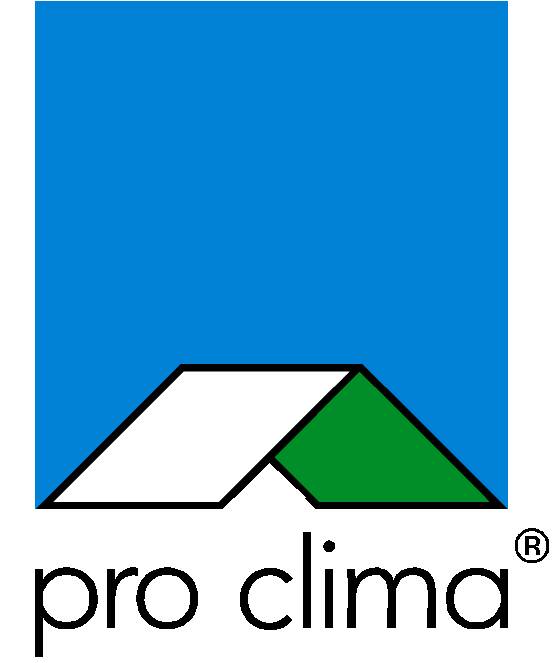Podcast: Play in new window | Download | Embed

UPDATE July 2016: Check out the new features being added to Wally
Wally is a wireless water leak detector, and temperature and humidity sensor for your home. As CEO of SNUPI Technologies, Jeremy Jaech told me, this isn’t particularly sexy, but it could be really valuable.
On the contrary, I think the implications of this technology could be really sexy for other types of home performance monitoring, as could the idea of selling ‘sustainability by stealth‘.
I caught up with Jeremy and learnt how to prevent water damage with Wally, using SNUPI technology.
Wally and SNUPI
Wally is built on the SNUPI platform, which stands for Sensor Network Utilising Power-line Infrastructure. The basic concept is to use existing power cables in buildings as the antenna for wireless devices.

Powering Home Monitoring Equipments
Using the existing network of power cables to pick up tiny wireless signals has a some significant advantages, mostly to do with the wireless signals being tiny. First and foremost is battery life.
Providing long term power to sensors is one of the big challenges of home monitoring technology. Either you need to make the device accessible and easy to replace the batteries, or you need to hard-wire the sensor to a power supply. Smoke alarms are a good example of this.
But this limits what can be easily monitored and a lot of the most important and interesting stuff to monitor is, by definition, not accessible (otherwise we wouldn’t need fancy sensors to monitor it).
If you have a really big antennae nearby, then the signal can be really small. In turn, this means that very little power is needed to send the signal.
Interference
There might also be a big metal box (fridge, washing machine, dishwasher, hot water cylinder, boiler…) directly above where we want to put a water leak monitor and big metal boxes can get in the way of some wireless signals.
SNUPI embraces the nearby, existing metal and cabling in a home and uses it to detect the tiny signal emitted from the Wally device. This means that Wally can be powered for a long time, with just a tiny battery.
Water Damage, Freezing and Mould

By monitoring for water leaks and high humidity, Wally can guard against water damage, freezing pipes and mould.
Who might be really interested in this…?
…Insurance companies.
Jeremy explained that insurance claims for water damage, freezing and mould in homes are much more common and account for more insurance pay-outs than fire or theft.
Where Else Could Wally Be?
There are two things that excite me about finding Wally.
- The household dashboard: I’m a bit geeky when it comes to home monitoring and automation, so I’m probably an early adopter of this type of tech and a bit biased. But I do think it’s crazy how little we know about how are houses are functioning, what temperature they are, how much energy they’re using etc. Imagine driving a car without a dashboard. Wally gets us a step closer to a household dashboard.
- Selling sustainability by stealth. Insurance companies see Wally as a way to reduce risk. This is useful because it solves a problem for them. Monitoring homes for excessive energy consumption or high humidity which may cause unhealthy mould is also useful. What other sustainability issues could be advanced by solving a parallel problem that someone else is willing to pay for?

Where’s Wally
Unfortunately for me, Wally is not available in New Zealand just yet. Fortunately for lots of other people, it’ll probably cost you less than calling the plumber, and can be easily purchased here.
Links:
- Wally: http://www.wallyhome.com/
- SNUPI Technologies: http://www.snupi.com/
- Environmental Innovation Challenge, Foster School of Business, University of Washington

Leave a Reply